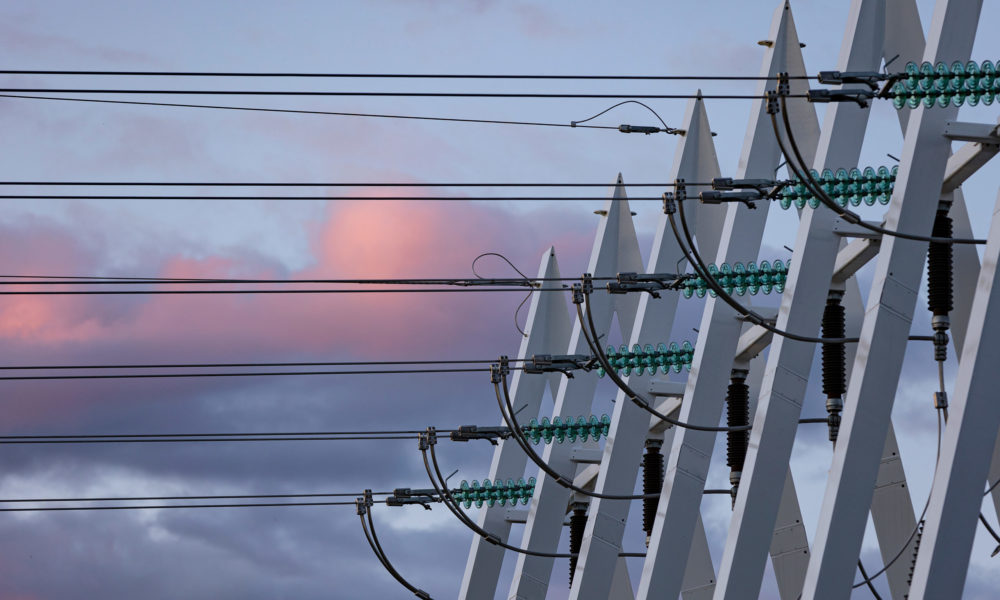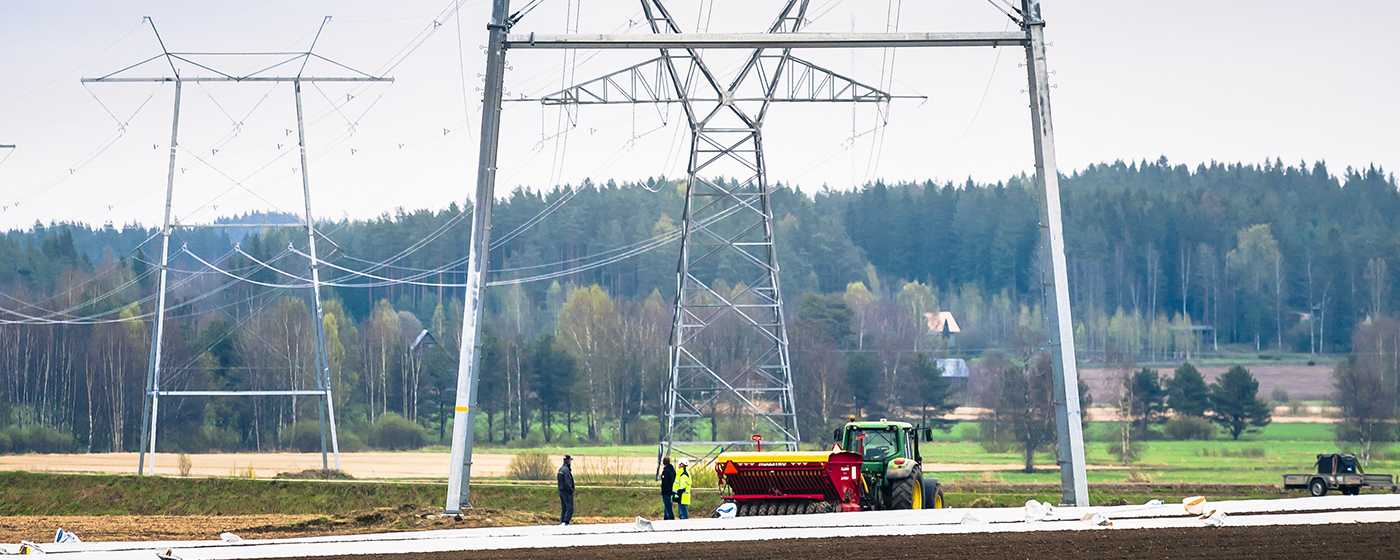
The starting point for the Specifications for the Operational Performance of Power-generating Facilities has, for a long time, been the Nordic Grid Code, a Nordic collection of regulations. Now, the network code of the European Commission for the connection of generators, NC RfG, will be included in Fingrid’s requirements. Harmonisation will facilitate EU-wide electricity trading, among other things.
The EU network code will extend the VJV to also apply to small, over 0.8-kilowatt power plants, while before, it only applied to power plants with a nominal power of over 0.5 MVA.
Technically, the requirements are very close to the currently valid VJV2013 specifications. However, the definition of technology covered by the regulations is extended with the inclusion of both synchronous and converter-powered technologies. The voltage–frequency operating range will also change. Furthermore, the reactive power capacity requirement in its entirety will also apply to C-class power plants.
The compliance process will be three-step. Compliance with requirements still needs to be demonstrated with tests and simulations. A new factor is that the VJV2018 requirements need to be fulfilled at the connection point instead of the VJV reference point.
Decisions on derogations require a separate cost-benefit analysis, which is the obligation of the connecting party. Decisions will be made by the relevant authority, the Energy Authority, in accordance with the new requirements. If necessary, Fingrid will provide a statement.
The aim is that the VJV2018 will enter into force by the end of 2018 at the latest.
Link to the website of the European network of transmission system operators for electricity.




